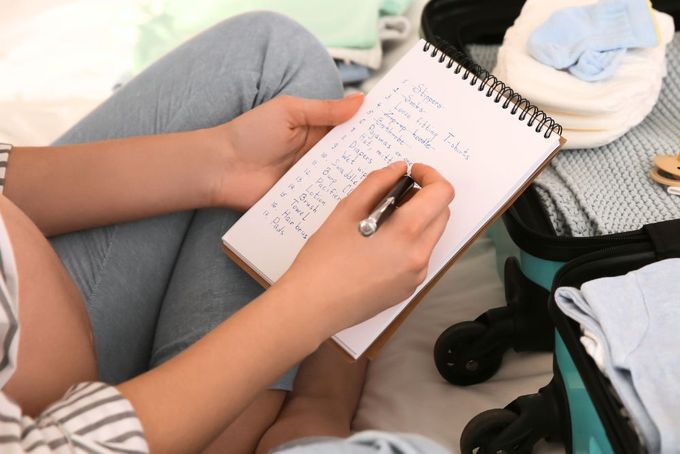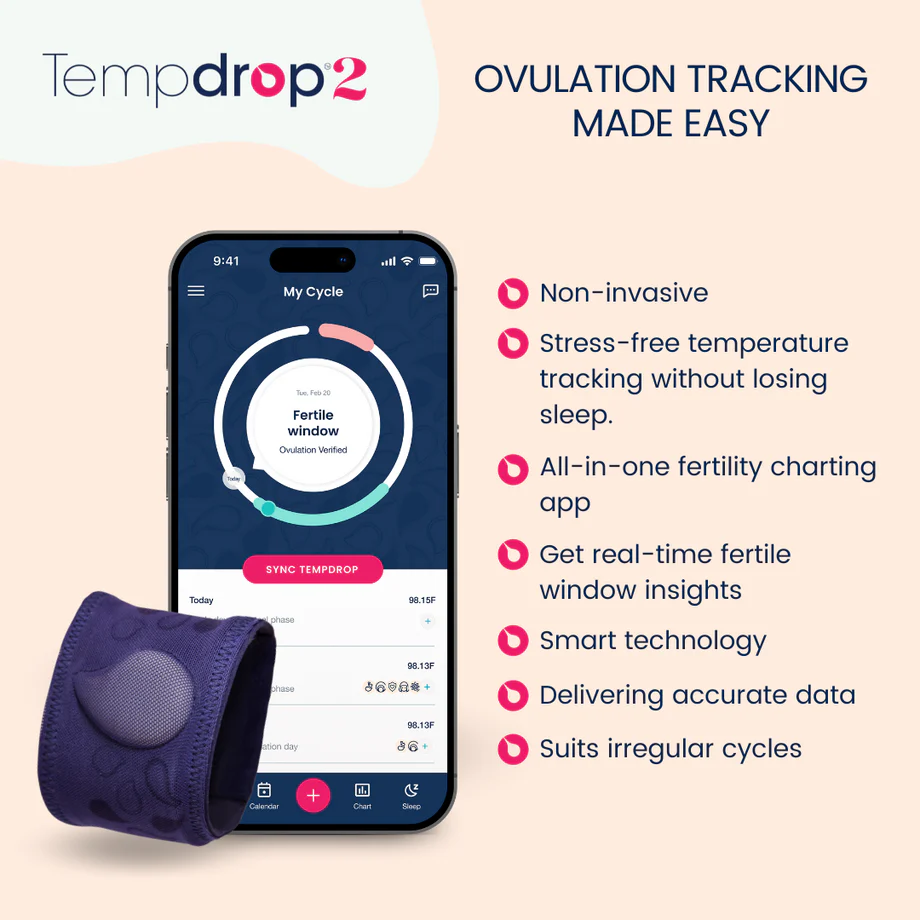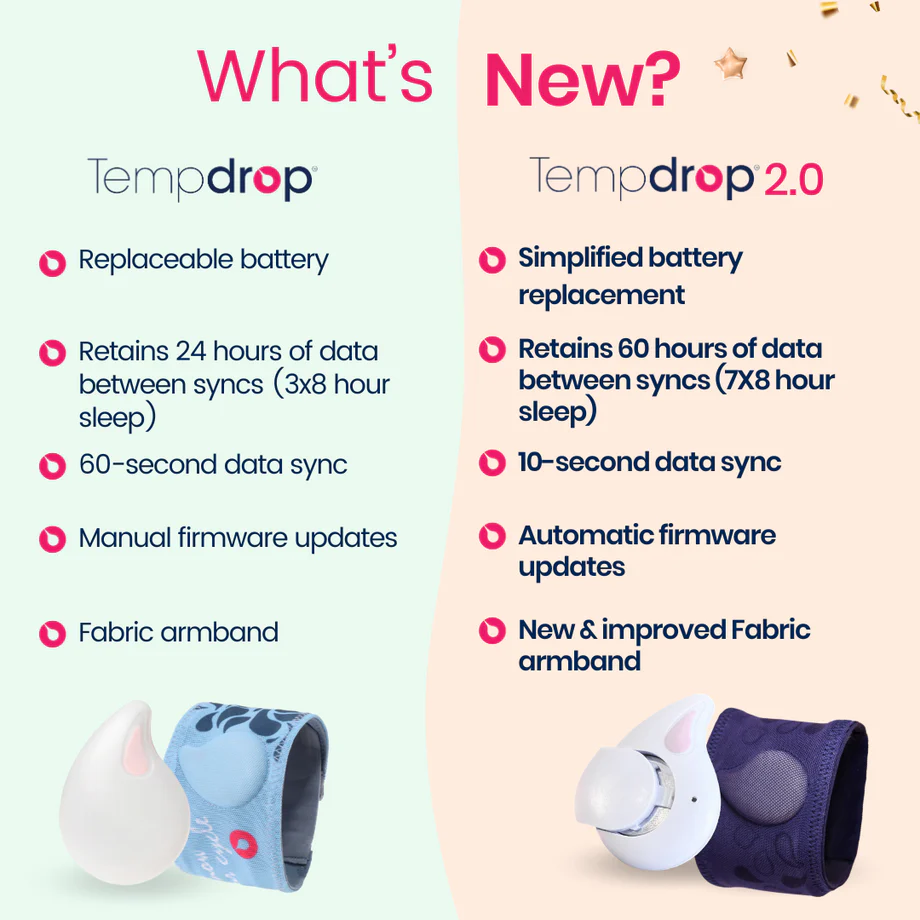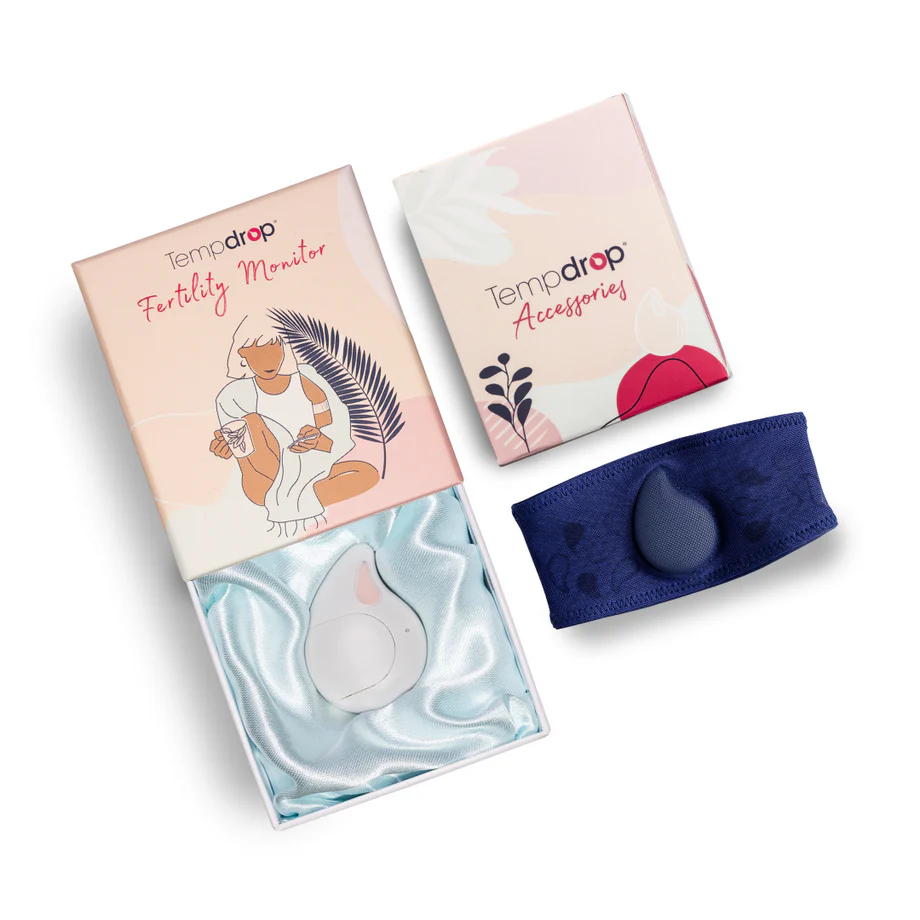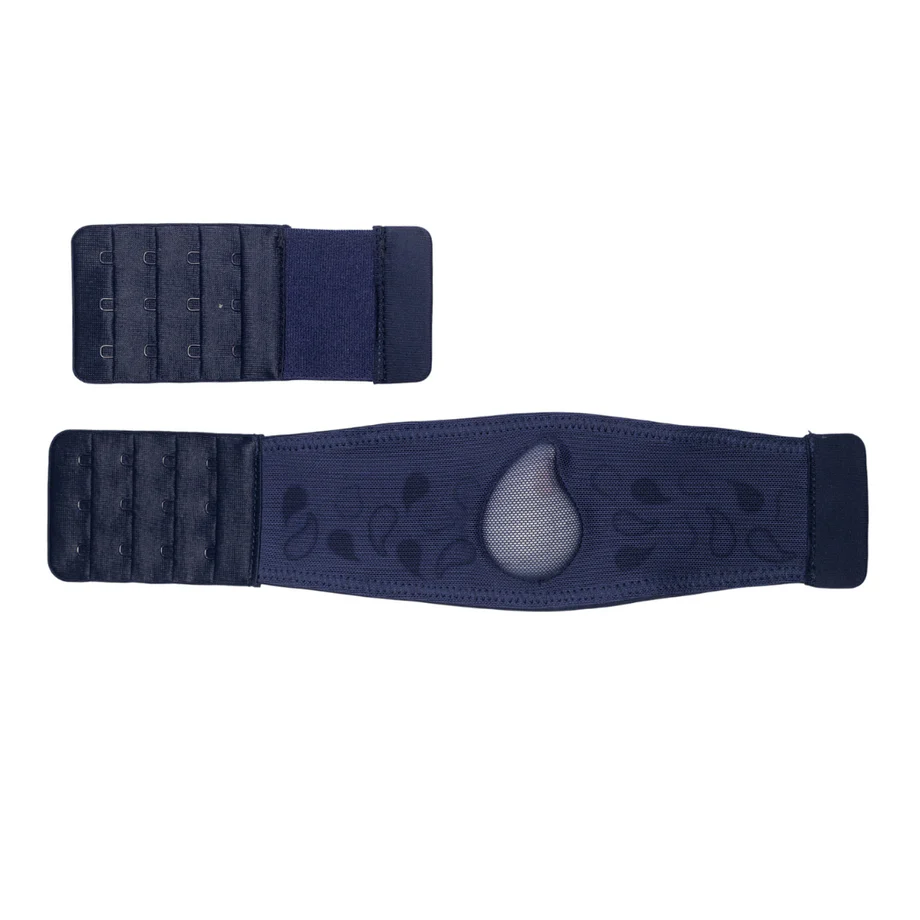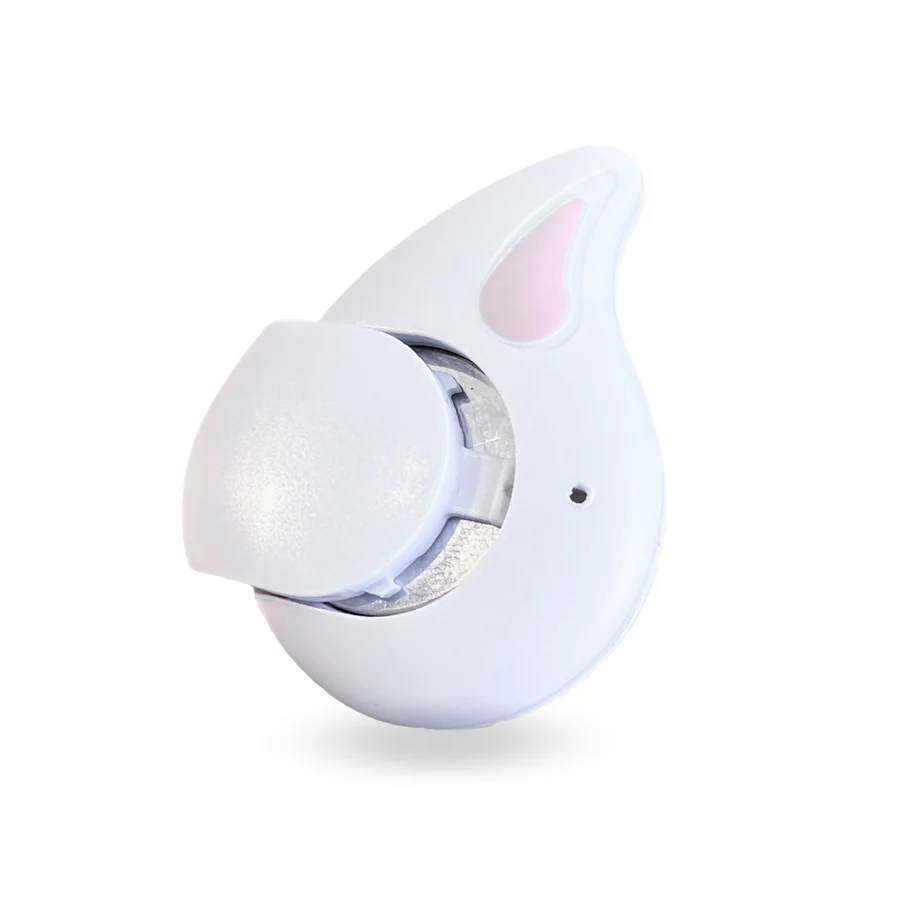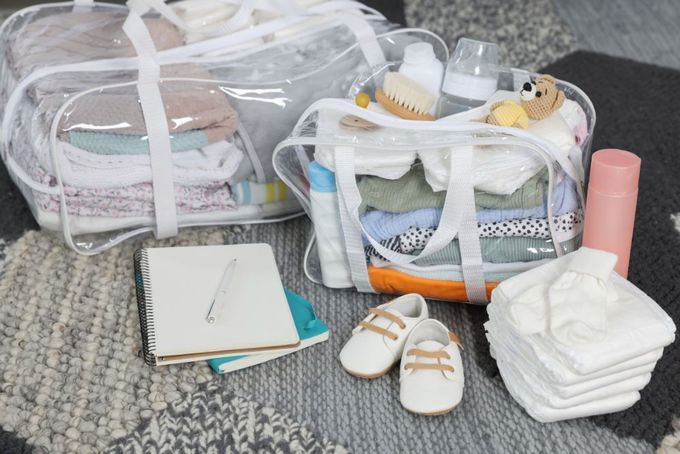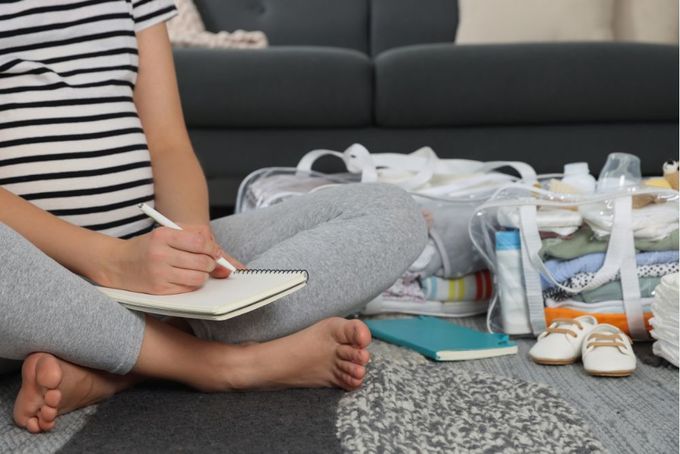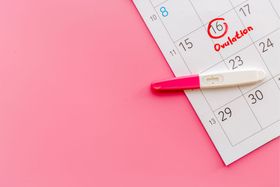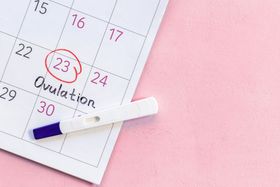Hospital Bag Checklist: What to Pack for Mom, Baby & Partner
Updated March 17, 2025.
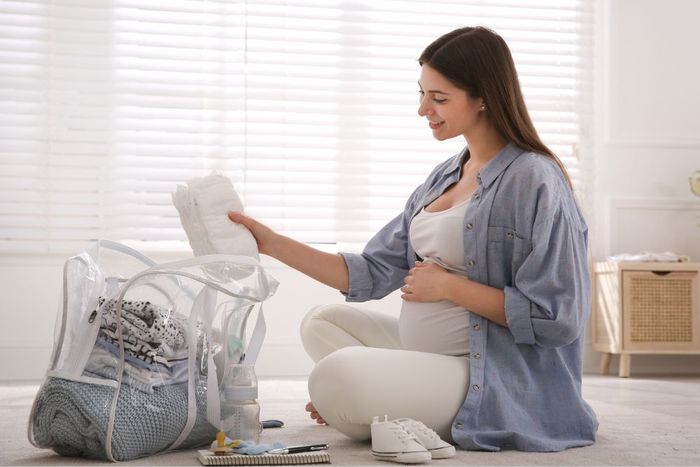
Packing your hospital bag can feel overwhelming, but it doesn’t have to be! There’s so much to prepare during pregnancy, and this is one area where a simple, strategic approach can make life easier. Let's break it down so you have everything you need without overpacking!
1. Check with Your Hospital First
Before packing your bag, find out what your hospital provides. In many U.S. hospitals, essentials like diapers, postpartum pads, and hospital gowns are available, so you don’t need to double-pack. However, personal comfort items—like your own pillow or soft blankets—can make your stay feel homier.
If you're outside the U.S. it's always good to check with your hospital about what they will and won't provide, often this is available on the hospital website.
2. When Should You Pack Your Hospital Bag?
WHEN to have your hospital bag ready is as important as what is in it. Aim to have your hospital bag ready before 38 weeks. While due dates are based on a 40-week timeline, babies can arrive anytime between weeks 38-42.
Packing early ensures you're not caught off guard if labor starts sooner than expected.
In many countries outside the U.S. standard medical practice often recommends induction of labor at or before 41 weeks of gestation to reduce the risks associated with prolonged pregnancies.
For example, the UK's National Institute for Health and Care Excellence (NICE) guidelines advise offering induction to women between 41+0 and 42+0 weeks to decrease perinatal mortality without increasing the risk of cesarean sections.
Similarly, medical guidelines in Europe and Australia generally recommend induction before 42 weeks to reduce the risks associated with prolonged pregnancy.
3. Essentials for Mom
While hospitals provide many basics, bringing your own can make your experience more comfortable. Your list may change depending on whether you're having a vaginal birth or C-section.
Labor & Delivery Outfit
Nursing-friendly bra or non-restrictive sports bra
Labor gown or loose, comfy T-shirt & shorts
Warm long-sleeve top (hospitals can be chilly)
Grippy socks or slippers
Hair ties, headbands, or scrunchies
Going-Home Outfit
Nursing bra
Comfortable high-waisted underwear (especially for C-sections)
Loose leggings, joggers, or sweatpants
T-shirt & lightweight sweater
Slip-on shoes
Toiletries
Toothbrush & toothpaste
Shampoo & conditioner
Body wash & lotion
Deodorant
Hairbrush & dry shampoo
Lip balm (hospital air is dry!)
Long phone charger (opt for 10ft+)
Large water bottle with a straw (many hospitals provide one, but it's handy to have your own)
Electrolytes (birth is physically demanding!)
Snacks & Drinks
Hospitals provide food, but it’s good to have high-calorie, easy-to-eat snacks:
Protein bars
Trail mix
Cut-up fruit
Bone broth or juice (great for energy!)
4. Essentials for Baby
Most hospitals provide diapers, wipes, and blankets, but here are some extras you might want:
1-2 swaddles
2-3 long-sleeve onesies (hospitals can be cold)
Burp cloths (1-3)
Diaper cream
Olive or coconut oil (Apply before baby’s first diaper to help with meconium cleanup!)
Frozen colostrum (if you've collected any before birth, it can help with early feeding)
5. Essentials for Partner/Dad
Your partner may have downtime, so pack some essentials for them too:
Change of clothes
Pillow & blanket
Snacks & reusable hot cup for coffee/tea
Toiletries
Water bottle
6. Optional but Helpful Items
These aren’t essential but can make your hospital stay more comfortable:
Battery-operated twinkle lights (create a calming environment)
Bluetooth speaker (play relaxing music or birth affirmations)
Postpartum recovery supplies (hospitals provide basics, but some women prefer their own):
High-waisted cotton underwear
Postpartum diapers or pads
Peri-bottle (some hospitals provide one, but Frida Mom’s is a favorite!)
Nipple cream & Silverettes (for breastfeeding moms)
Witch hazel pads & perineal healing balm
Padsicles (frozen pads with aloe & witch hazel for postpartum healing)
Birth pain-coping tools
Rebozo or birth sling (for support during contractions)
Polar roller (cooling massage for pain relief)
Hand comb (press into palm to counteract contraction pain)
Don’t stress about packing the “perfect” bag—your hospital will have most essentials covered. The goal is comfort and convenience! Pack what makes you feel good, and leave room for flexibility.
https://pubmed.ncbi.nlm.nih.gov/26879103/
https://pubmed.ncbi.nlm.nih.gov/18845050/
https://pmc.ncbi.nlm.nih.gov/articles/PMC10072249/
https://www.jogc.com/article/S1701-2163%2817%2930460-7/abstract
